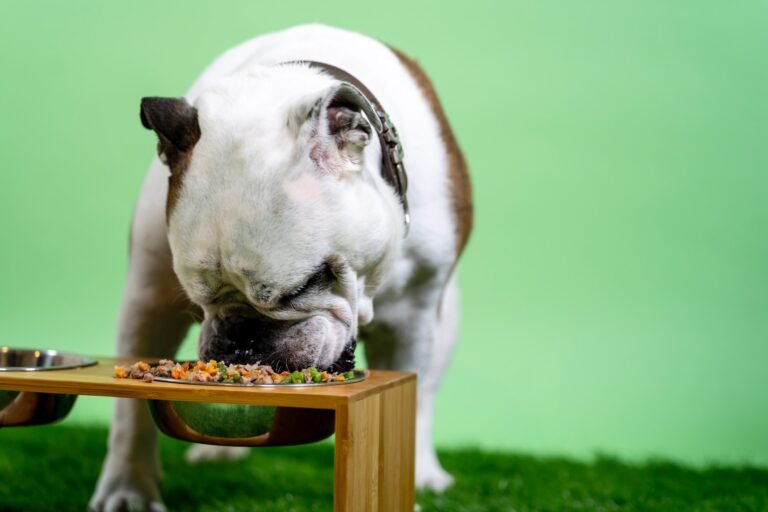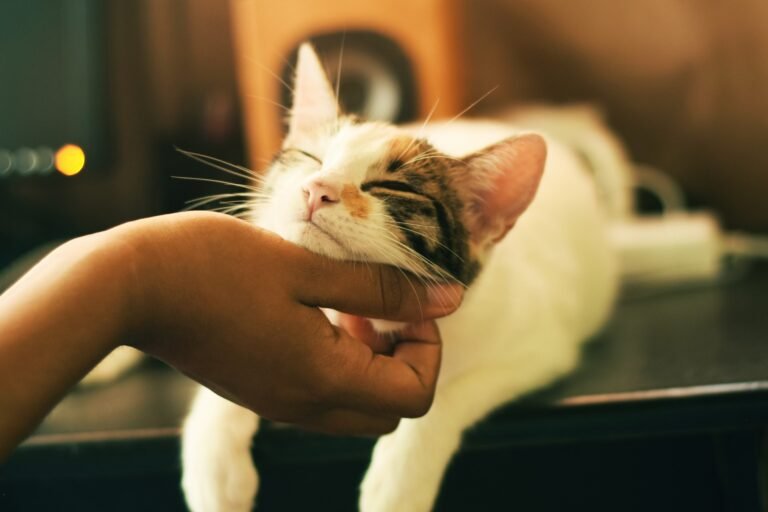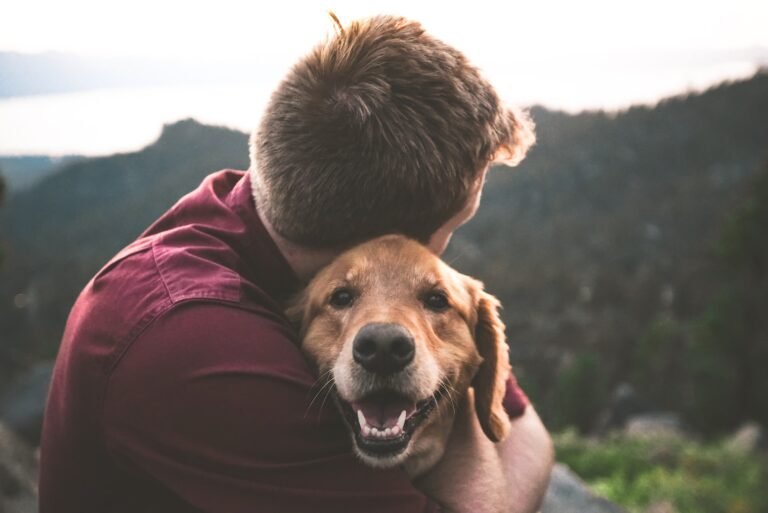how long does a dog teeth cleaning last?

Scaling is a treatment practiced by veterinarians. The dog must be able to benefit from it regularly because it is an integral part of the care allowing the animal to have healthy teeth and gums, and not to fall seriously ill since the slightest dental problem can be the cause of many diseases. which can affect organs such as the heart or the lungs for example. Here is everything you need to know about the frequency of descaling recommended by animal health specialists and the course of a session.
Scaling your dog’s teeth: from what age?
Any owner should take their puppy to the veterinarian from the age of 4 months so that its mouth and teeth are checked, even if the animal still only has milk teeth. We often read that scaling is carried out in dogs from 2 or 3 years old. This is an average indication. But only the veterinarian knows when descaling is necessary. Hence the interest in scheduling consultations at least twice a year throughout the life of the animal or more frequently if the dog is deemed to need it. In any case, do not wait for the doggie to have bad breath, that he is in pain to the point of not being able to eat or that his teeth to be beating the charm.
Scaling in dogs: how does it work?
Scaling is an essential treatment to eliminate the bacterial plaque responsible for tartar leading to tooth loss, periodontal disease, and many other health concerns in dogs.
The appointment with the specialist begins with an interview with the owner of the dog during which an update is made on the various problems from which the animal may suffer. Periodontitis can indeed be the cause of anorexia, therefore weight loss, blood in the saliva, pain, and bad breath, among others.
To perform a complete scaling, the dental hygienist begins by anesthetizing the dog. Each tooth is screened, and all of its surfaces are scaled with a curette (manual scaler) or with ultrasonic tips (automated scaler). The dental interstices are also scaled, then the specialist performs a sub-gingival and supra-gingival scale (that is to say below and above the gums).
This crucial treatment to preserve oral health is decided on a case-by-case basis. It is also very important that the veterinarian specializing in canine dentistry makes it a point of honor to individualize his protocol. For example, during a scaling session, he may have to extract one or more teeth if necessary, including certain loose teeth when the loosening is particularly advanced. Finally, it should be noted that the practitioner carries out (at the beginning of the session or the end) a polishing of the teeth, either by air-polishing or using a polishing paste. The practitioner thus carried out a thorough cleaning.
He then draws up an inventory of the dog’s oral health to communicate his assessment to the animal’s master. It gives many tips to the breeder so that the regular maintenance of the dog’s teeth and oral cavity can be carried out properly and with the products and accessories adapted to the animal. The master also receives valuable advice on the food to be given to the dog to delay the formation of dental plaque and, consequently, to limit the deposits of tartar, which responsible for halitosis (bad breath) and in many cases pain that can be unbearable and is caused by gingivitis for example.
A scaling session with the attending veterinarian or with a veterinarian specialized in dentistry lasts at least 45 minutes if the treatment is complete. Descaling expedited in about ten minutes – as we can sometimes regret – cannot be enough to remove all the tartar. Of course, in dogs who are very regularly followed by a dental hygienist and who are lucky enough to benefit from a scaling every 4 or 6 months, the sessions are a little shorter because the tartar has hardly had the time to settle, with a dental plaque being small.

Scaling your dog’s teeth: how often?
Scaling is part of a dog’s oral hygiene. It is an act reimbursed by mutual health insurance for pets. It must be done with great regularity because it helps protect your little companion against many health problems that can affect different organs.
Ideally, owners should have their dog’s teeth checked by their veterinarian, animal dentist, or dental hygienist every four months. This preserves the animal’s teeth as well as its general health because, at the slightest concern, a solution is found.
Regarding the frequency of scaling, it is again evaluated by the veterinarian because each dog has very specific needs in this area. It is therefore necessary to rely on the practitioner, and between two consultations, the master must rigorously ensure the good oral hygiene of his little protege. But be careful, he should never try to scrape off the tartar that accumulates because it would only cause damage. Finally, it is important to be aware that scaling does not replace brushing your teeth.






